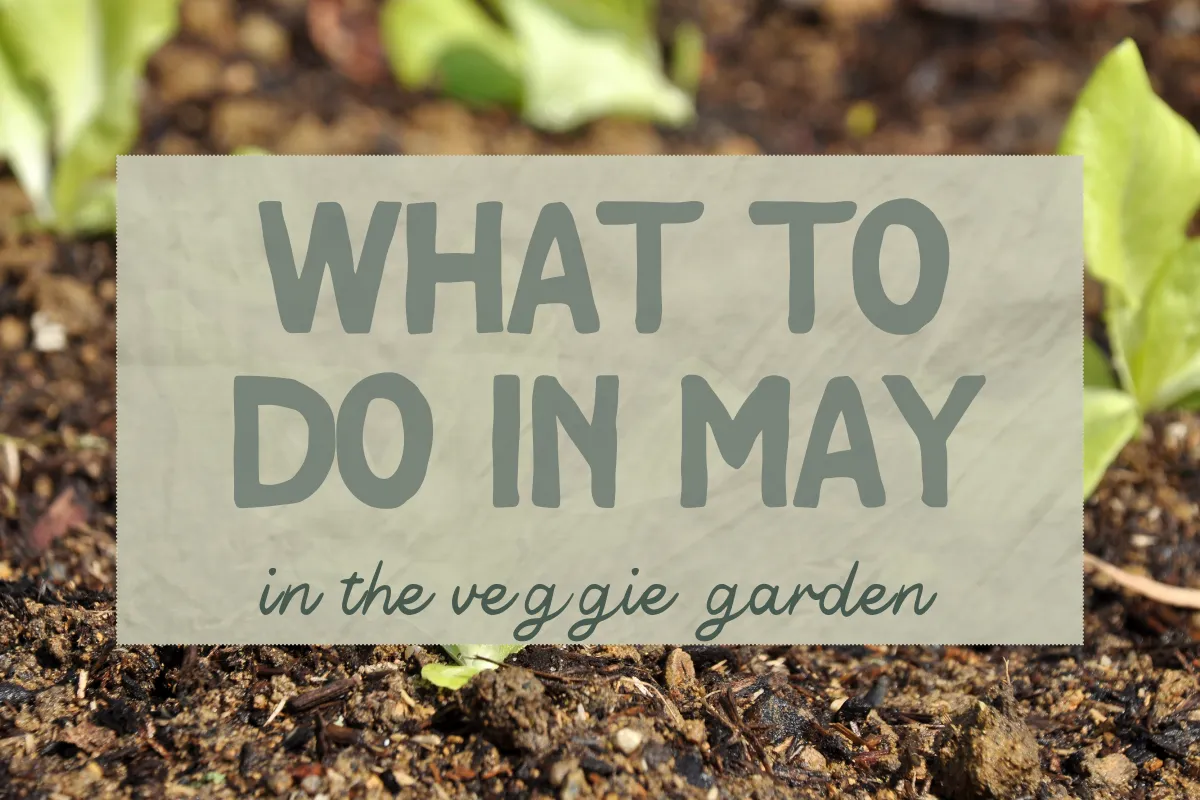
What to Do in the Veg Garden in May

Salad Season Starts Now
May in the mountains is a bit of a magic trick: it still freezes at night, but the garden wakes up anyway. While April was all about low-stakes gambles—sowing spinach and crossing your fingers—May is when we up the ante.
For mountain gardeners in Eagle, Garfield, Summit, and Pitkin Counties, May is salad season. The ground has warmed just enough, the sun is high, and cold-hardy crops like lettuce, spinach, and bok choi are ready to thrive—even when the thermometer dips into the 20s.
This is the time to shift from dreaming to doing. Whether you're growing your first salad bed or chasing your earliest harvest yet, there’s plenty you can plant, protect, and plan for right now.

The May Garden Mindset
Salad greens don’t need perfection—just courage and covers.
Start by embracing what makes May special: cool soil, crisp nights, and quick-growing crops that laugh in the face of frost. Lettuce, spinach, and bok choi? They’re built for this. Radishes and raab? They'll be up before you’ve finished sharpening your pruners.
If you played it safe in April, May is your invitation to take a bigger swing. Try transplanting a few hardened-off seedlings for early harvests. You don’t need to go all in—just plant enough to taste success.
Need a hand choosing the best crops? We’ve got you covered:- 🥗 All About Salad Greens
- 🥬 How to Grow Big Greens in the Mountains
- 🥕 All About Roots
🌱 Pro Tip: If the soil feels sticky or clumpy, give it a few more days. Good things grow in crumbly soil.

Speed Up Growth with Covers & Feeding
Want earlier salads? Cover up and feed the soil.
Even the hardiest greens appreciate a little boost. If you want quicker growth and fewer setbacks, now’s the time to nurture the soil and create a cozy microclimate.
Top-dress with compost or worm castings to add nutrients without disturbing delicate roots. (Skip the synthetic stuff—your soil ecosystem deserves the good stuff.)
Use season extension tools like row cover or low hoops to trap warmth and protect against wind. These covers can raise soil temps and shave weeks off your harvest timeline.
👩🌾 May Tip: Remove mulch early in the day to help the sun warm the soil, then cover again at night to hold in heat. It’s like tucking your salad babies in with a blanket.
Don’t forget to test your irrigation setup now, too. A dry spell can sneak up fast when temps swing from 35° to 80° in 24 hours. Deep, consistent watering = happy greens.

Defend Your Greens
If you’re seeing holes, something’s hungry.
Nothing ruins a spring salad like a full-on flea beetle buffet. Here are the usual suspects—and how to deal with them without reaching for the spray bottle:
Flea Beetles: Tiny black beetles that leave shotgun-style holes in baby brassicas. Prevent by covering crops with mesh at planting time.
Cabbage Moths: Look for pale green loopers chewing through kale and bok choi. Squish what you see and use row cover to block the adults.
Spinach Leaf Miners: They tunnel into beet and chard leaves. Early planting helps you dodge their peak season.
🪲 Prevention is the best strategy. Start clean, use barriers, and aim for uninterrupted growth—plants are more resilient when they’re not stressed from the start.

Set Up for Summer Success
What you do now sets the stage for tomatoes and squash later.
May isn’t just about fresh greens—it’s also about preparing your beds, soil, and schedule for a lush summer ahead. Here’s how:
Rebuild soil life now with compost and gentle fertilizers so it's thriving by June.
Get your shade cloth ready. When the heat hits, your spring crops will bolt fast without it.
Sketch your summer plan. Where will the tomatoes go? What will you interplant with the squash? Use the time between harvests to map it out.
Some crops—like kale, chard, and potatoes—can stay put. Others (like spinach and radishes) will soon make room for heat-lovers. Planning your transition now = less rework later.
Conclusion: The Power of a Salad
May isn’t a filler month—it’s a launchpad. With just a little planning and protection, you can enjoy fresh harvests while setting up your garden for a summer of abundance.
🌿 Ready to level up?
Visit Wiggle Worm Gardens for advice, compost, and row cover fabric—or sign up for our next Veggie Gardening 101 class. Salad season waits for no one… but it will reward you for showing up.
🥕 Got a radish ready to harvest? Tag us in your salad bowl photos and let us cheer you on!
Key Takeaways
Discover the best cold-hardy salad greens for May
Learn how to speed up growth with soil prep and covers
Find pest protection tips for flea beetles and leaf miners
Explore links to our All About series for greens and roots
Set up your garden for an easy summer transition
Copyright 2023-2025 Wiggle Worm Gardens
Visit Our Sister companies
Fourth Street Farm: edible landscaping and raised bed garden design and installation
Ground Up: Soil health and compost tea

